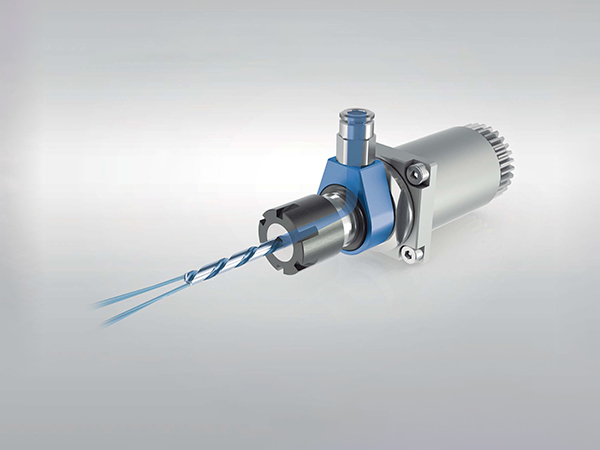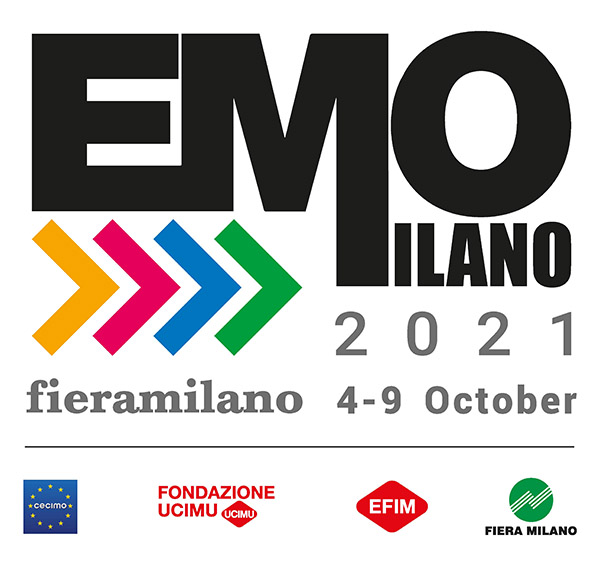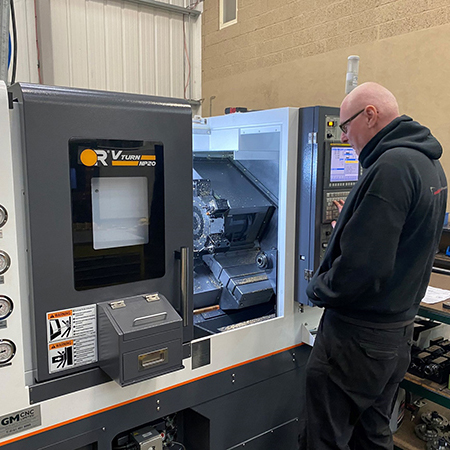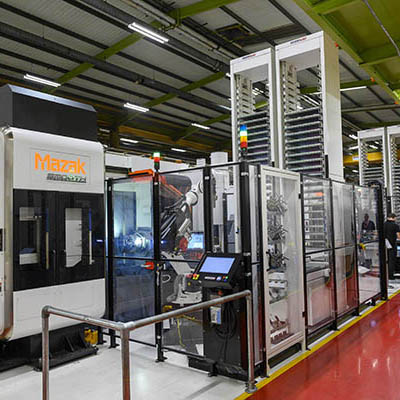
Floyd Automatic Tooling has added the new Precitronics TOHP series of driven tooling with integrated high-pressure coolant feed to its portfolio. The new TOHP system offers through-coolant delivery up to 135 bar for driven tools and applications on sliding-head turning centres.
Available now, the Precitronics TOHP range of driven tooling is suitable for use on all types and makes of sliding-head and fixed-head machines fitted with a high-pressure coolant pump. Connecting the variety of live tooling configurations to the machine tool and the external high-pressure coolant pump is facilitated by a selection of quick-change connectors from the HEB range of locking and connecting plugs, flexible and rigid fluid distribution tubes, distribution blocks, connectors and adaptors – all available from Floyd Automatic.
In the work envelope, the Precitronics system is available for all spindle types with configurations such as ER, ER-A internal collets, CAPTO, KM, HSK, DIN, Weldon, MMT and ABS Komet. The flexibility of the system also extends to the drive connection, which can connect to all types of tool connection.
From a flexibility perspective, options for the Precitronics TOHP include an axial system, axial offset, axial speeders, radial double output, radial 90° system, radial 90° speeder, fixed angle, radial adjustable, axial multiple spindles, radial multiple outputs, polygon maker, thread whirling, gear hobbing and radial Y-axis – all of which can be configured to the specific turning centre.
According to Floyd Automatic, cycle time reductions of up to 30% are achievable by delivering high-pressure coolant directly to the cutting edge. Many of the systems also incorporate an additional coolant nozzle that simultaneously delivers cutting fluid to the shank of the tool, as well as the cutting edge, significantly improving cooling and swarf evacuation.
For further information
www.floydautomatic.co.uk























